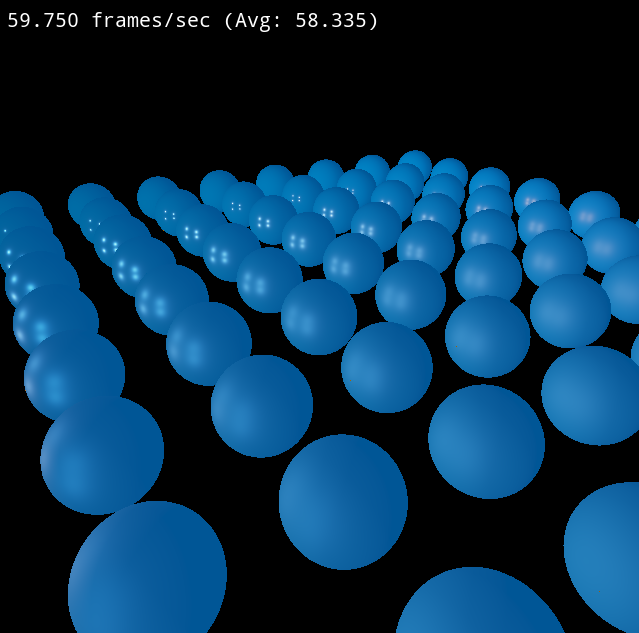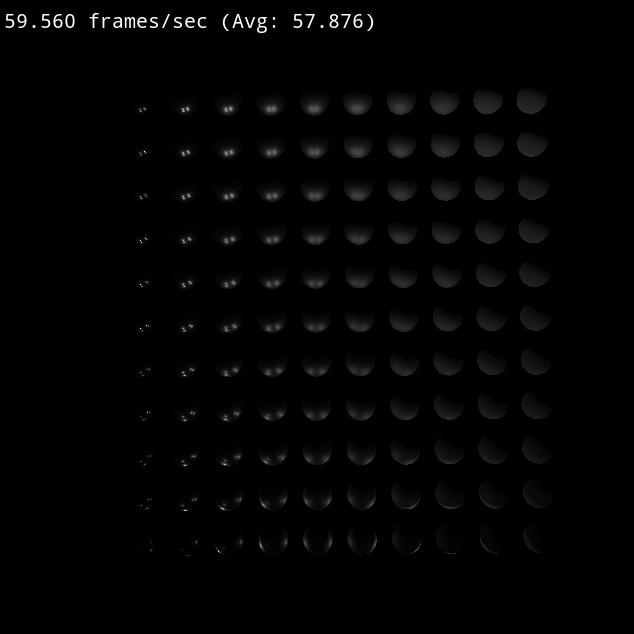"Grace Clark"

Assignment 1 implemented both phong and gourad shading with phong and blinn-phong illumination. User interaction allows toggling between the four potential combinations (phong/phong, gourad/phong, phong/blinn-phong, gourad/blinn-phong).

Assignment 4 introduces raytracing; the image above was generated using POV-ray. I explored various techniques available in POV-ray, including fresnel reflection (note the reflection on the "inside" edge and right side of the M), height-field objects, sky spheres, area lighting, and radiosity. The scene contains a single circular area light, and the sky sphere is slightly emissive, to mimic an outdoor scene.

The image above displays a height map of the foothills of the Rocky Mountains around Golden, CO. This image was used to generate the height-field object displayed in the raytraced image above. The image was obtained at https://tangrams.github.io/heightmapper/.

For our final project, Liam Stacy and I investigated physically based rendering. We specifically aimed to investigate subsurface scattering in real-time rendering.
Although we did investigate BSSRDFs and several techniques for approximating the dipole diffusion approximation for subsurface scattering for rasterized rendering, we only
implemented the Cook-Torrance BRDF as seen above.

To display our implementation, we chose to create an array of spheres with differing material properties. Each sphere has a slightly
different roughness and metallic-ness, demonstrating the effect these different responses have on the final appearance. The bottom-left
spheres are completely metallic and completely smooth; the top-right spheres are completely non-metallic and completely rough. The top-left
spheres are completely smooth and completely non-metallic; the bottom right spheres are completley metallic and completely rough.
|









